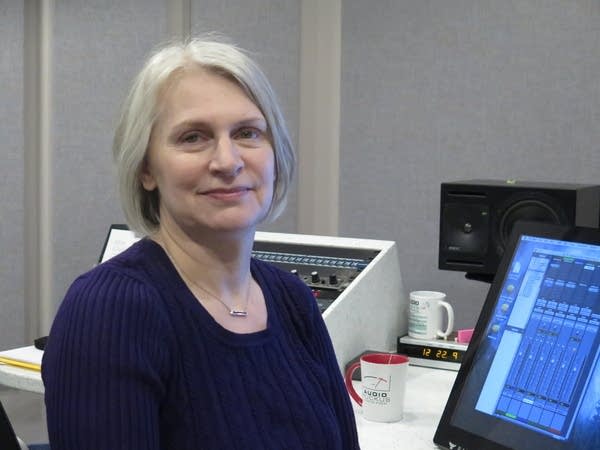Walz's stay-at-home order permits many 'critical' workers to venture out; distancing urged

Go Deeper.
Create an account or log in to save stories.
Like this?
Thanks for liking this story! We have added it to a list of your favorite stories.
As most Minnesotans prepare to stay in their homes for two weeks under Gov. Tim Walz’s latest executive order, health officials and others hope the move will relieve pressure on hospitals and testing labs ahead of an expected surge of critical COVID-19 patients.
You’ve no doubt heard the phrase “flatten the curve” quite a bit lately. But that recent addition to the lexicon could be on the way out.
Citing new computer modeling from the University of Minnesota, Walz said the state is past the point of curve flattening; it will not be possible to reduce the number of Minnesotans who will contract COVID-19.
During a speech broadcast online Wednesday, the DFL governor said his stay-at-home order is meant to delay the point of peak infections so hospitals are able to expand their intensive care unit capacity.
Turn Up Your Support
MPR News helps you turn down the noise and build shared understanding. Turn up your support for this public resource and keep trusted journalism accessible to all.
Across Minnesota’s 87,000 square miles, there are just 235 available ICU beds.
“In the absence of a vaccine, most of us will experience this over the next year to 18 months,” Walz said. “The hope is because of the slow mutation rates we’re seeing in this that maybe a vaccine will be moved up. We can’t count on that. We have to count on the mitigation of moving the lines further out.”
Walz said with no mitigation at all, Minnesota would reach its peak ICU capacity by May 3. With the social-distancing measures already in place, plus the latest stay-at-home order, the state is not forecast to reach that ICU threshold until June 7, the governor said.
He notes that while most Minnesotans likely will contract the virus, 80 percent of cases are expected to be mild and just 5 percent will require intensive care.
Slowing the spread of COVID-19 also allows testing for the virus to catch up. Dr. Bobbi Pritt, who directs the Clinical Parasitology Laboratory at Mayo Clinic, said when Mayo started its own testing two weeks ago, the clinic was able only to test its own patients. Now, Pritt said, they’re checking 4,000 samples a day and are expanding quickly.
“That’s what this additional time will give us. Within the next couple of days, we will exceed 5,000 a day,” Pritt said. “And then we have plans to purchase additional instruments, machines and equipment so that we can continue to expand that capacity.”
Walz’s order asks Minnesotans to stay home unless they must meet essential needs. But it defines “essential” broadly to include getting takeout orders from a restaurant and buying groceries. Liquor stores will stay open, too. The governor said it’s OK to go out for a walk or bike ride as long as you maintain social distancing.
Employees deemed essential may still go to work. Employment and Economic Development Commissioner Steve Grove said that’s the vast majority of Minnesota’s workforce.
“Seventy-eight percent of the jobs in our state are in these critical industries. So, it’s just 22 percent of the jobs in the state are not,” Grove said.
Farmers, letter carriers, car mechanics, attorneys and news media are just a few of the occupations on the long list. Karen Quale is among the 22 percent who didn’t make that particular cut.

Quale is co-owner of Audio Ruckus, a recording studio in downtown Minneapolis that mixes sound for audiobooks, podcasts and commercials.
She said her engineers are set up with remote gear at home, but much of their work is done face-to-face.
“Because we have voice talent actually coming in to get the best quality recordings, that’s not something we can do from our homes or our basements,” she said. “That is going to have a definite impact on what we can do here.”
As the full weight of the pandemic bore down in the last few weeks, Quale said many clients canceled. But on Wednesday she was busy with a flurry of last-minute bookings from companies wanting to record commercials with a COVID-19 focus.
Many of those messages began with the phrase — “in these uncertain times.”



